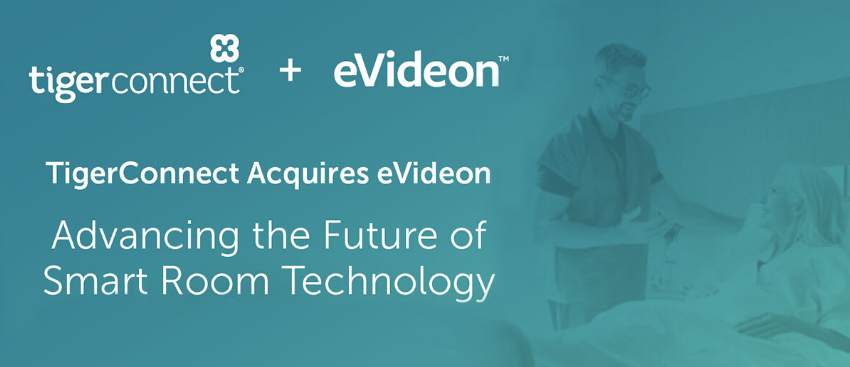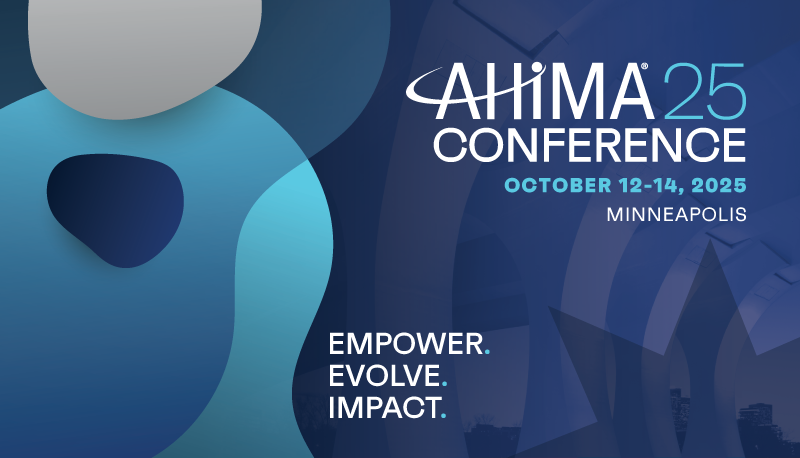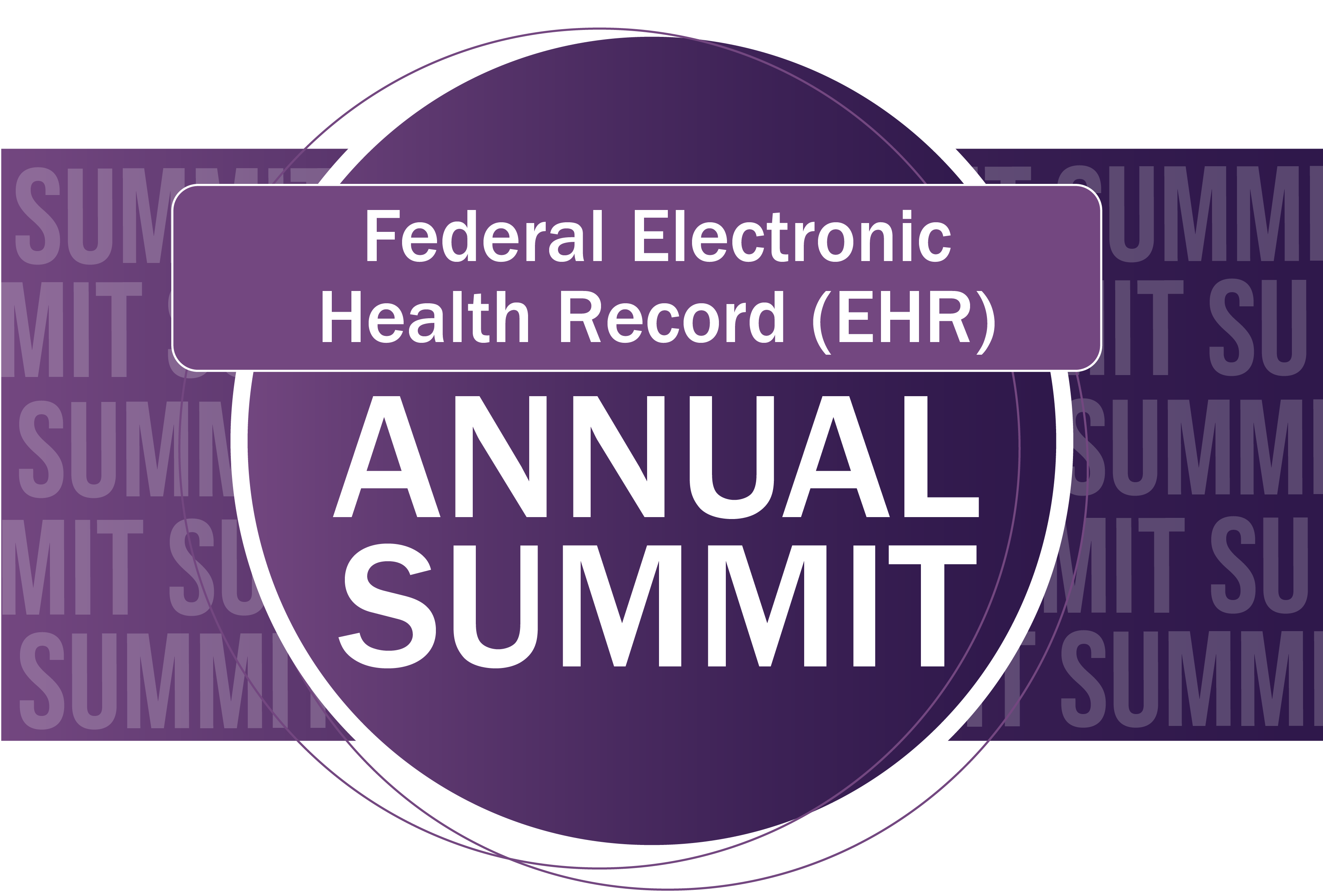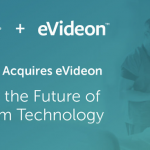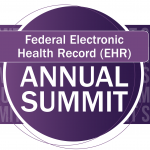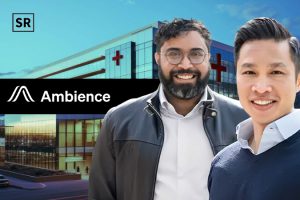These disincentives may seem severe, but it’s important to keep in mind that patients suffer when medical records are difficult to access at the time of care.
The U.S. Department of Health and Human Services (HHS) has finalized regulations that create penalties for healthcare providers who engage in information blocking, marking a major step toward bettering patient care and cutting healthcare costs. In my opinion as a doctor and a leader in healthcare technology, this is a move that is both warranted and long overdue.
The 21st Century Cures Act’s major components are put into practice by the final rule, which was published in late June. It penalizes providers who interfere excessively with the sharing, use, or access to electronic health information (EHI). The Office of the National Coordinator for Health IT (ONC) and the Centers for Medicare & Medicaid Services (CMS) have taken decisive action that is necessary and appropriate in order to achieve the seamless health information exchange that is crucial for the future of healthcare, despite criticism from some industry groups that the penalties are too severe.
The severe sanctions that are currently in effect act as a strong inducement to comply. If found guilty of information blocking, healthcare providers may suffer severe financial repercussions, such as lower Medicare payments and removal from value-based care initiatives.
Recognizing the risks: Why patients suffer from information blocking
Some may find these disincentives harsh, but we need to keep in mind the true risks. Patients suffer when medical records are not easily accessible at the point of care. Insufficient availability of comprehensive and current health information may result in:
- Inappropriate or delayed medical care
- duplicate processes and testing
- adverse drug occurrences brought on by inadequate past medical records
- Ineffective care coordination and fragmented care
- higher medical expenses for both individuals and the system as a whole
In the worst situations, not having access to vital health information may even be fatal. The patients’ needs come first for providers. Ensuring the availability of their whole medical records at the appropriate time and location is essential for delivering secure, top-notch healthcare services.
All patients must have access to a complete medical record in order to effectively bend the cost curve in American healthcare. Restricting access to patient information may seem like a competitive advantage, but the inefficiencies and potential harm brought forth by data hoarding and information silos greatly outweigh this.
It’s crucial to remember that the regulation allows for acceptable exceptions and does not penalize unintentional or inevitable situations in which exchanging information cannot be accomplished. The emphasis is on intentional, irrational actions that obstruct the exchange of health information.
Concerns over the intricacy of compliance and the possibility of unforeseen consequences have been voiced by a few provider firms. Although these worries are reasonable, they shouldn’t overwhelm the benefits that wider sharing of health information will bring about. The 21st Century Cures Act’s information blocking measures went into effect in April 2021, giving the healthcare industry years to prepare for these regulations.
Important actions for healthcare professionals on the road to compliance
Healthcare providers need to be proactive going forward in order to guarantee compliance and promote an information-sharing culture. Organizations should, first and foremost, thoroughly examine their present information sharing procedures and guidelines. This audit will assist in locating any possible non-compliance issues and point out areas that could use improvement.
It is essential to invest in health IT systems that are interoperable in order to enable smooth data interchange. In order to comply with regulatory standards and fulfill the expectations of modern healthcare delivery, legacy systems that obstruct information flow must be updated or replaced.
Employee training is yet another essential element. Prioritizing staff education on the value of information sharing and the possible repercussions of blocking should be a top priority for healthcare companies. Not only should the IT department receive this training, but administrators, support personnel, and clinicians as well.
It is important to set clear procedures for responding to information requests and resolving any problems related to sharing. These protocols will guarantee that every employee is aware of their specific roles and duties in promoting information sharing and offer a structure for resolving any issues that may come up.
Last but not least, it’s critical to keep up with changing laws and industry best practices around the sharing of health information. The healthcare industry is always evolving, so in order to maintain compliance and seize new chances to enhance information exchange, providers need to stay on guard.
The advantages of smooth information sharing
It’s important to remember that the bulk of information blocking complaints that the ONC has received so far target healthcare providers. This emphasizes how important it is to change ingrained behaviors that obstruct information flow and how urgent it is to implement these disincentives.
The benefits that will come from increased information sharing should be the main focus, even though the financial penalties are substantial. Complete compliance with information blocking laws may lead to better patient outcomes, less medical errors, more effective healthcare delivery, and better coordinated care.
Embracing change
The healthcare sector as a whole ought to welcome this shift and seize the chance it presents to raise the standard and effectiveness of the care we offer. Information silos must become a thing of the past. Nothing less than a complete dedication to openness and cooperation in their care is expected of patients.
The ultimate aim of seamless health information interchange is essential for the future of healthcare, even though the route to complete compliance has some clear obstacles. In order to realize this goal, the disincentives put in place by HHS are a necessary and essential step. We can someday establish a healthcare system that genuinely puts patients first by cooperating to remove obstacles to information exchange. In such a system, vital health information will always be available when and where it is most needed.














